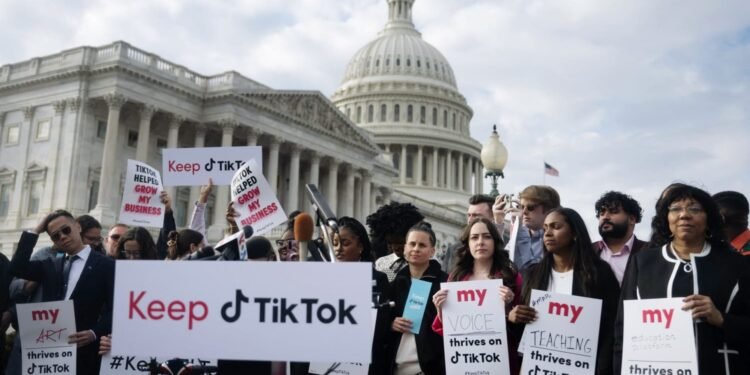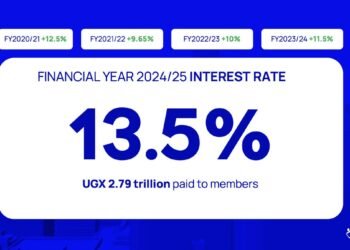TikTok is slated for a US ban on January 19 following the Supreme Court’s rejection of a final legal appeal from ByteDance, its Chinese parent company.
The court ruled that the ban does not infringe on the First Amendment rights of TikTok or its 170 million US users, as claimed by the company. However, questions remain about whether the ban will effectively stop Americans from accessing the app.
Incoming President Donald Trump has suggested that TikTok’s fate ultimately rests with him. While the White House acknowledged that enforcing the ban falls to Trump due to timing, his stance has been contradictory. Despite initially supporting a ban, Trump has shifted his position in 2024, attempting unsuccessfully to delay the law.
In a CNN interview, Trump stated that he would decide TikTok’s future, though he gave no specifics. On social media, he indicated the decision would take time, saying, “The Supreme Court decision was expected, and my decision on TikTok will be made in the not too distant future.”
Trump has hinted at seeking a “political solution” and reportedly discussed the matter with Chinese President Xi Jinping shortly before the court’s ruling. Trump’s incoming national security advisor, Mike Waltz, mentioned plans to “preserve” TikTok, ensuring users’ data remains secure while maintaining access to the platform.
One possible scenario is Trump instructing the Department of Justice (DoJ) not to enforce the ban, effectively allowing platforms like Apple and Google to continue supporting TikTok downloads without facing legal repercussions. While this would leave the ban technically in place, it would render it inactive.
The Biden administration has already signaled it would not enforce the ban, leaving Trump’s approach to TikTok a key determinant in the app’s future in the US. Tech companies, however, may remain hesitant to disregard the law entirely, even with presidential assurances.

















